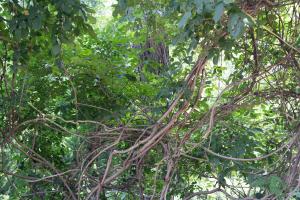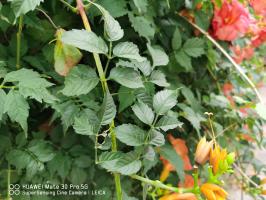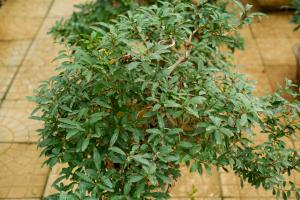How to Apply Diatomaceous Earth in Plant Pots
As a natural and non-toxic pest control option, diatomaceous earth has gained popularity among gardeners in recent years. This chalky powder is made of the fossilized remains of diatoms, a type of single-celled algae, and can be used to repel various insects and pests that damage plants. When applied correctly, diatomaceous earth can be an effective way of protecting your potted plants. In this article, we will explain how to apply diatomaceous earth in plant pots.
Step 1: Choose Food-Grade Diatomaceous Earth
Not all diatomaceous earth products are created equal. When using diatomaceous earth for gardening purposes, it is important to choose a food-grade option that is safe for humans and pets. Look for a product that is labeled as "food-grade" or "organic" to ensure that it does not contain harmful chemicals or additives. It is also important to purchase a high-quality product that is finely ground, as coarse diatomaceous earth may not provide optimal results when applied to plant pots.
Step 2: Prepare the Diatomaceous Earth
Before applying diatomaceous earth to your plant pots, you should first prepare the powder. Start by wearing gloves and a mask to protect yourself from inhaling the fine particles. Mix the diatomaceous earth powder with water to make a paste-like consistency, which will be easier to apply to the soil. You can also sprinkle the powder directly onto the soil or use a small brush to apply it to the underside of leaves.
Step 3: Apply to the Plant Pots
Once the diatomaceous earth is prepared, you can start applying it to your plant pots. Apply a thin layer of the powder to the soil around your plants or directly onto the plants themselves. Be sure to cover all parts of the plant, including the undersides of leaves, as this is where many insects like to hide. Repeat the application every week or so, especially if you notice any signs of insect damage.
Step 4: Monitor the Results
After applying diatomaceous earth to your plant pots, it is important to monitor the results. Check your plants regularly for any signs of insect damage or infestation. If you notice any, you may need to apply more diatomaceous earth or try a different pest control method. However, if your plants remain healthy and insect-free, you can continue to use diatomaceous earth as a natural and non-toxic way of keeping pests at bay.
Conclusion
Diatomaceous earth can be a great addition to your gardening toolkit, as it is a safe and natural way of repelling pests from your potted plants. When used correctly, diatomaceous earth can be an effective way of keeping your plants healthy and thriving. Follow these simple steps to apply diatomaceous earth in your plant pots, and enjoy the benefits of a pest-free garden.

 how many times do yo...
how many times do yo... how many planted tre...
how many planted tre... how many pine trees ...
how many pine trees ... how many pecan trees...
how many pecan trees... how many plants comp...
how many plants comp... how many plants can ...
how many plants can ... how many plants and ...
how many plants and ... how many pepper plan...
how many pepper plan...































